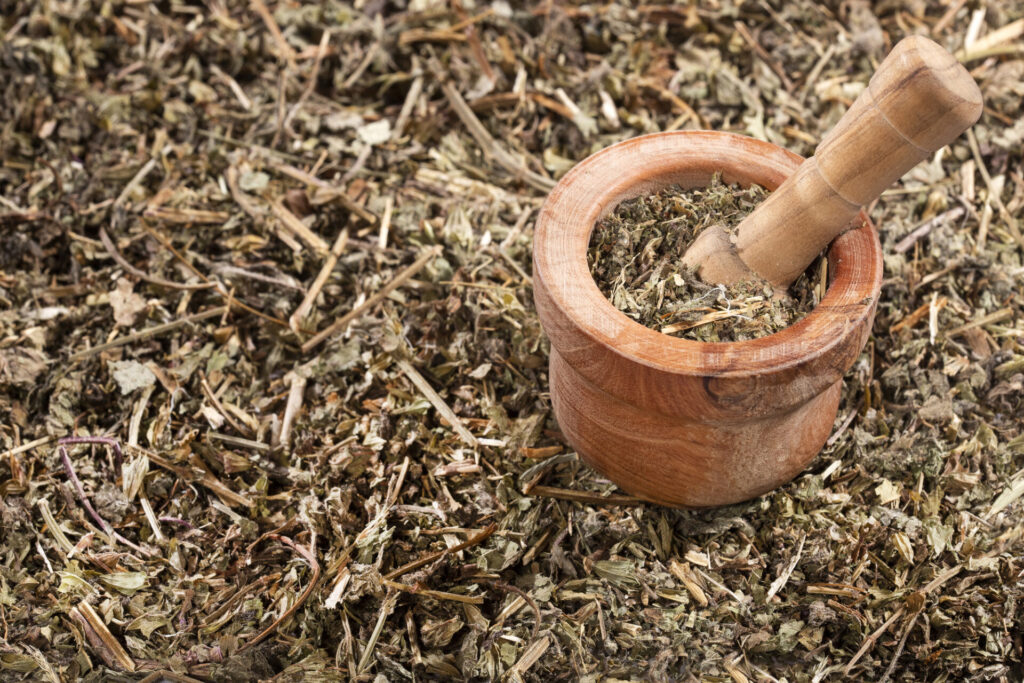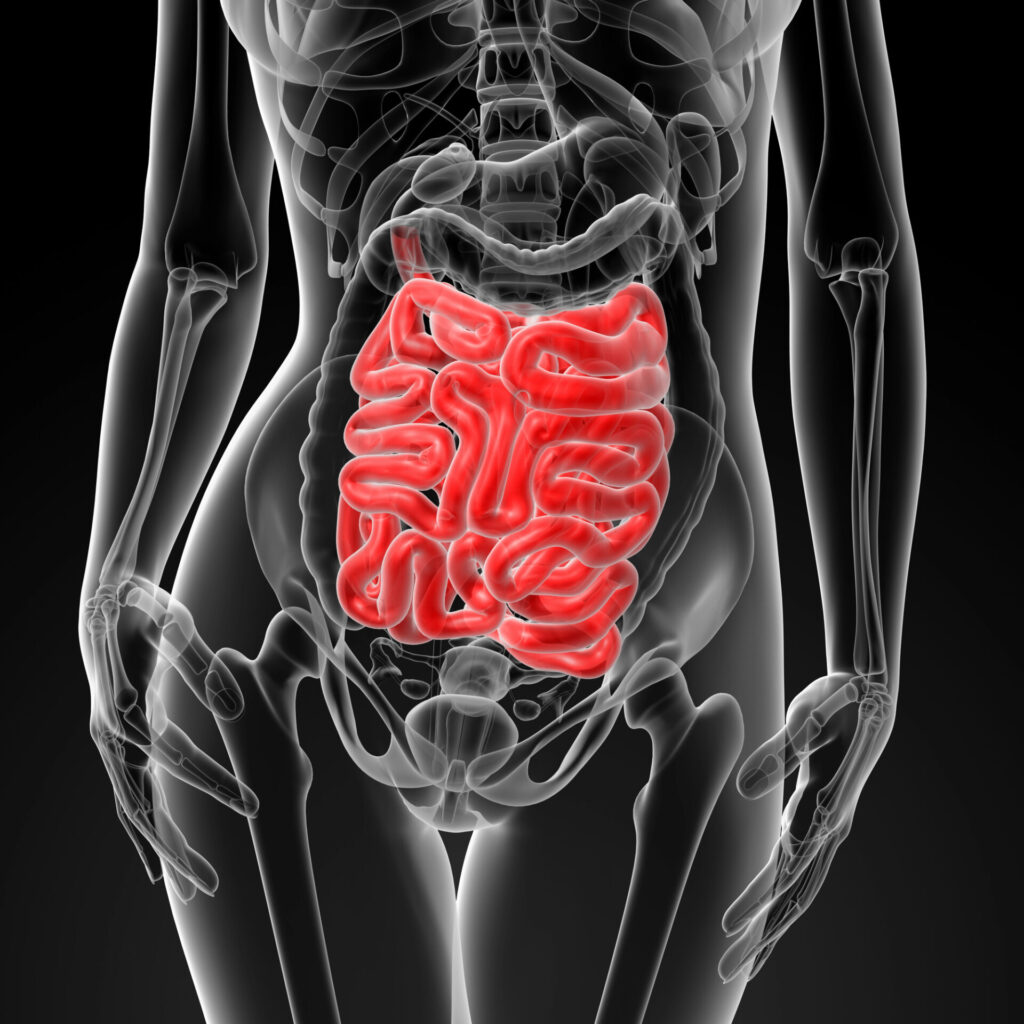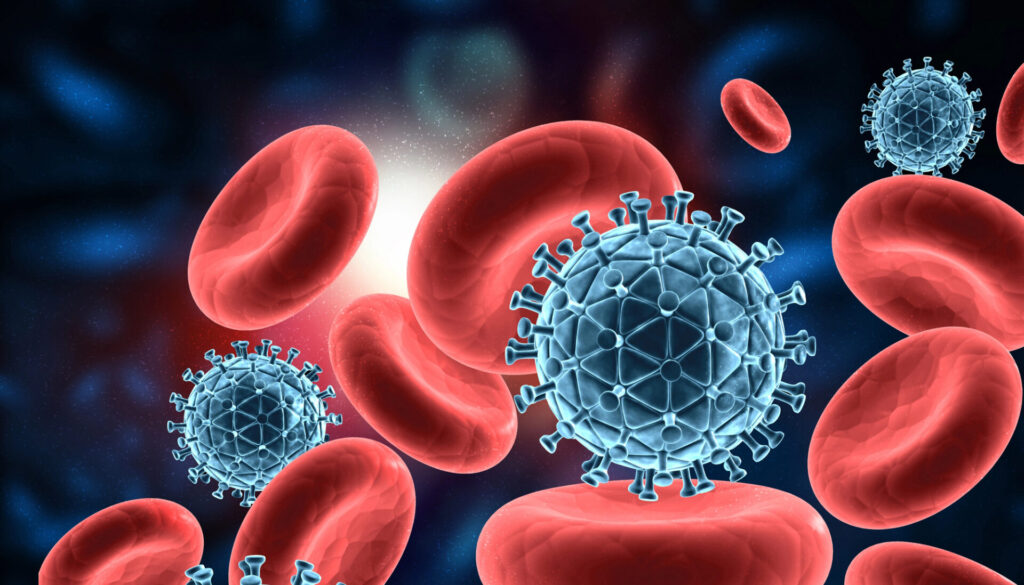Periodontitis is an inflammatory gum disease caused by infection by bacteria, particularly Porphyromonas gingivalis, which colonizes biofilms on tooth surfaces and proliferates in deep periodontal pockets. Left untreated, periodontitis can lead to complications including tooth loss. It has also been associated with diabetes, preterm birth, cardiovascular disease, and cancer.
Green tea (Camellia sinensis) has shown antimicrobial effects in previous studies, so a team of Japanese researchers from Nihon University School of Dentistry at Matsudo and the National Institute of Infectious Disease in Tokyo set out to determine whether it could be effective against bacteria that cause periodontitis. The results of their research were published in the journal Microbiology Spectrum.
The Study
To test green tea’s potential to promote oral health, the researchers isolated cultures of 16 different oral bacterial species, including three strains of P. gingivalis. The cultures were then treated with a mouth rinse formulated with matcha—a fine powder made from ground-up leaves of green tea. Within two hours, nearly all of the cultured P. gingivalis cells had been killed by the matcha extract, and after four hours of exposure, all the cells were dead.
With those results in hand, the Japanese team then recruited 45 people diagnosed with chronic periodontitis at the Nihon University Hospital School of Dentistry at Matsudo for a follow-up clinical trial. The patients were randomly assigned to three groups: One received barley tea mouthwash, the second received the mouthwash made from matcha extract, and the third received mouthwash that included sodium azulene sulfonate hydrate, which is used to treat inflammation.
Saliva samples were collected before and after the intervention, and participants were instructed to rinse twice daily with 10 milliliters of their solution for a period of one month. Patients were also forbidden from eating or drinking for 30 minutes after rinsing.
Afterwards, analysis revealed that patients in the matcha group showed a significant reduction in P. gingivalis levels, as compared with the other two groups.
Conclusions
While the results were promising, the researchers did note several drawbacks to their study, in addition to the small sample size and the fact that all participants were drawn from the same location. “Our clinical study has several limitations,” they wrote in their conclusion. “For example, no consideration was given to the patient’s genetic predisposition to periodontal disease. It should also be noted that several confounding factors could have affected these results, e.g., how many times and how long the individuals brushed their teeth and used dental floss, what kind of toothpaste to use, and so on.”
That said, this study does add to evidence from previous research supporting the potential benefits of matcha as part of a treatment plan for people with periodontal disease. “Despite the limitations to be considered, our findings may pave the way for a promising, novel therapeutic option of using matcha to treat patients with periodontitis,” the researchers wrote. “[A] larger-scale clinical trial of topical matcha is [now] needed to confirm its clinical efficacy and benefit to periodontitis patients.”






